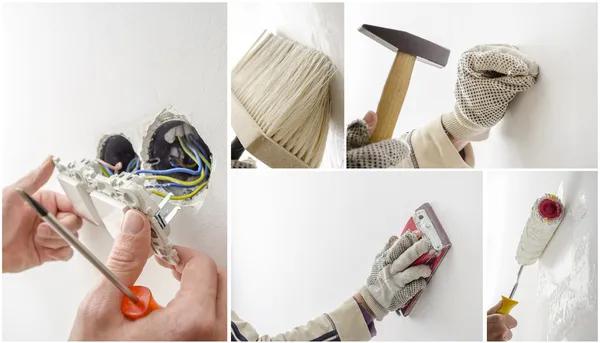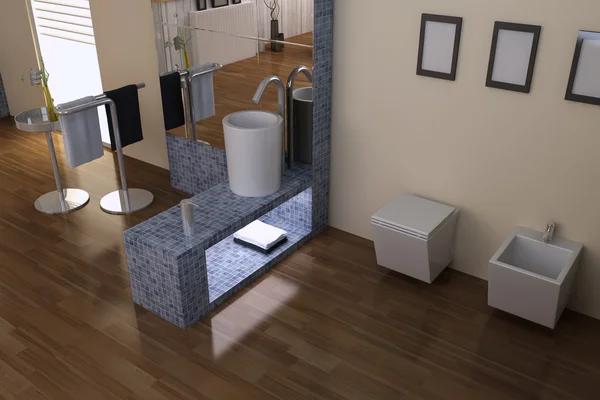Solar panel installation is a process that can transform your home into a self-sufficient, eco-friendly powerhouse. However, as with any significant home improvement project, it’s essential to understand what to expect during the installation process.
Firstly, before the actual installation begins, a professional site assessment is usually done. This involves evaluating your property’s suitability for solar panels by checking factors such as roof condition, orientation towards the sun and potential shading issues. The assessor will also estimate the size of system you’ll need based on your energy consumption patterns.
Once the details have been finalized and necessary permits acquired from local authorities, the actual installation process can begin. It typically starts with prepping your rooftop for mounting brackets or rails where panels will be attached. This might involve minor modifications to ensure they are securely fitted and properly aligned for optimal sunlight exposure.
The household solar panels are then affixed onto these mounts using clamps or bolts. Each panel needs to be connected together in series or parallel configuration depending on system design and this is achieved through wiring them together. These wires are then run down into an inverter which converts direct current (DC) produced by panels into alternating current (AC) usable by household appliances.
After this setup has been installed and wired up correctly, it’s time for testing phase to ensure everything works seamlessly. The installer will check all connections and test system performance under various conditions while making necessary adjustments if required.
However, it’s important to note that turning on your new solar power system isn’t instantaneous after installation. You’ll need approval from utility company confirming that everything has been installed according to code requirements before you’re allowed to switch on your system.
Furthermore, bear in mind that weather conditions may affect how quickly installation can be completed; sunny days are ideal because installers can work more efficiently without worrying about rain or high winds causing safety hazards or delays.
Lastly but importantly is post-installation care which involves regular cleaning of panels to remove dust or debris that could affect their efficiency. Most manufacturers recommend cleaning them at least once a year, but this might vary depending on your location and the amount of dirt or dust in your area.
In conclusion, solar panel installation is a process that requires careful planning and execution. But with professional guidance and understanding of what to expect, it can be an exciting journey towards sustainable living. Remember to ask questions and stay informed throughout the process for a smooth transition into solar energy usage.
Green Wave Solar
231 W Rutherford Blvd, Murfreesboro, TN, 37130
615-237-1737




